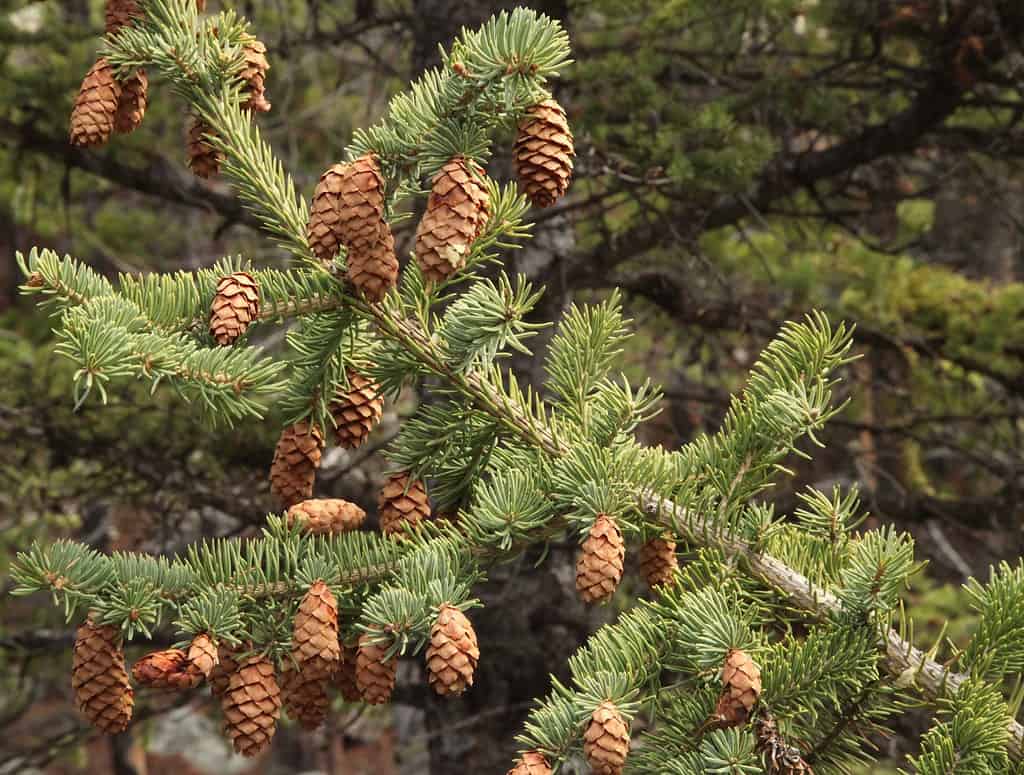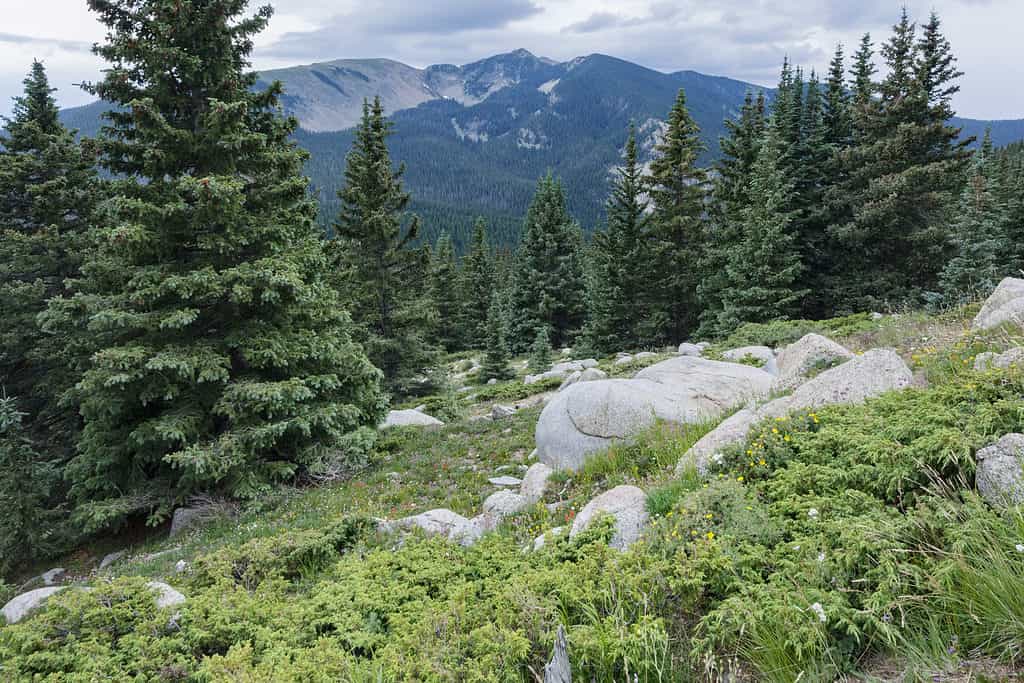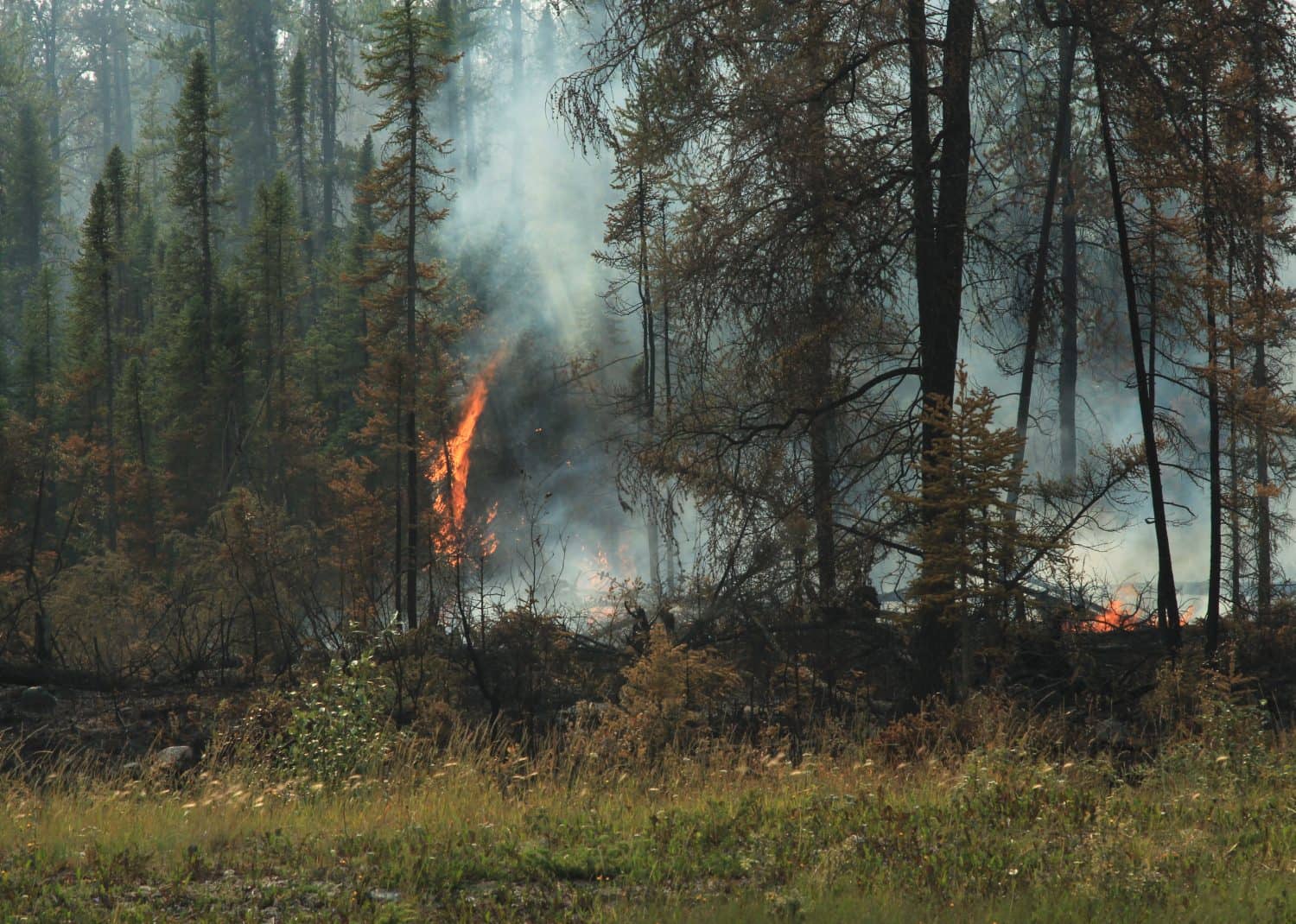In the Northern Hemisphere, spruce trees rock. Some 40 species of these tall, ornamental evergreens provide people with, among other things, pulp to make paper, and wood to build and repair homes. Violin makers, as well as piano makers, also use certain types of spruce to craft their instruments.
You will know a spruce when you see one. They are giant conical-shaped trees with spiraling branches, pointy needle-like leaves, and thin bark.
Glorious Spruce
Spruce trees have dominated the landscape of the Northern Hemisphere for millennia, including in North America. The trees provided people, including indigenous groups, and later European settlers, with a great natural resource in which to create many products. People often twisted the roots of young spruce trees and used them to construct canoes. Some chewed the sap as a type of gum, while others brewed spruce beer flavored with young leaves.
People also learned to use spruce bark and resin for medical purposes. Engineers also used spruce wood to build airplanes for the United States during World War II.
Engelmann Spruce vs. White Spruce
Among the two most majestic species of spruce trees are Engelmann (Picea englemannii) and white (Picea glauca). How do these behemoths stack up against one another? Read on to see six differences between these towering giants.
Differences in Size

Englemann spruce trees grow in the Beartooth Mountains of Montana.
©Nikki Yancey/Shutterstock.com
When comparing the size between Engelmann and white spruce, Engelmann wins the tale of the type. According to the U.S. Department of Agriculture, Engelmann spruce trees can top out at 196.85 feet, while its cousin, the white spruce, can grow as tall as 82.02 feet. Both trees are shaped like a pyramid with branches that dip slightly. The bark of the white spruce is a grayish-brown, while the hue of the Engelmann is a cross between red, purple, and brown.
The needles of each are similar as they wrap their pointy selves around the twigs of each tree. The size of white spruce needles is slightly smaller than the Engelmann spruce, but both are sharp and rigid.
Range

This copse of Engelmann spruce grows south of Santa Fe Baldy in New Mexico.
©Patrick Alexander from Las Cruces, NM, CC0, via Wikimedia Commons – Original / License
The white spruce has an extensive growing range. It grows across the North American continent, especially in the Canadian provinces of Yukon, British Columbia, Nova Scotia, Newfoundland, Quebec, and New Brunswick. In the United States, white spruce is prevalent across most of the northern environs, including Montana, Wyoming, Minnesota, Wisconsin, and Michigan.
For its part, the range of the Engelmann spruce stretches in the West from Alberta and British Columbia, down to Colorado, Arizona, and New Mexico. Stands of the tree can also reach as far south as Mexico.
Interestingly, when white spruce and Engelmann spruce grow together, they will crossbreed, or hybridize. White spruce will also crossbreed with other species
Age
White spruce will last about 100 to 250 years, while some have been known to live between 250 and 300 years. Others will live on for hundreds of more. Engelmann spruce will grow for about 300 years, with some reaching 600 years old or more.
Threats

Wildfires are an immediate danger for stands of spruce trees.
©vagabond54/Shutterstock.com
Climate change, and all that it brings, including drought and fire, is a major threat to the white spruce. In 2008 and 2009, scientists studied the effects of climate change on 56 white spruce trees growing in the Yukon. When they looked at the data, scientists saw how the effects of climate change disrupted the growing pattern. The trees were impacted by drought, the scientists said, which reduces moisture in the soil, limiting the tree’s ability to grow.
White spruce is also extremely susceptible to fire, which can easily damage and destroy the trees. The bark of the white spruce is thin, and its roots do not grow deep into the ground. The cones of the tree, however, are not as vulnerable to fire and can linger on a dead white spruce for a year or two. When the cones fall to the ground, they can repopulate. Still, if specific white spruce forests are not maintained, scientists warn, constant fires will mean the demise of the white spruce in that particular area.
Like the white spruce, the Engelman spruce faces several threats, including the spruce beetle, and the western spruce budworm. Fire and overlogging are also endangering the tree.
Different Uses

White spruce trees are often adornments in public parks.
©Luca love photo/Shutterstock.com
For the most part, people aren’t going to build furniture with the lumber derived from the Engelmann spruce. The wood is soft and often knotty. While its wood has been used in the building of homes, the species is better suited as pulp, which is important in the paper-making process. People often use the tree’s wood to manufacture products that are pre-fabricated. It can also be turned into plywood.
Like the Engelmann, white spruce is used to derive pulp. Yet, lumber is a staple of the construction trades as workers often use it in prefab houses, as well as boxes, crates, pallets, and in some cases, furniture. People also use white spruce as an ingredient in many musical instruments. People also like to use white spruce as a Christmas tree or as an ornamental decoration in public parks.
While both the Engelmann and white spruce are important for the environment, white spruce forests provide a wonderful habitat for many different species of animals, including humans. Because of its abundance, Native Americans used the tree for food, medicine, fuel, and shelter.
Thank you for reading! Have some feedback for us? Contact the AZ Animals editorial team.








